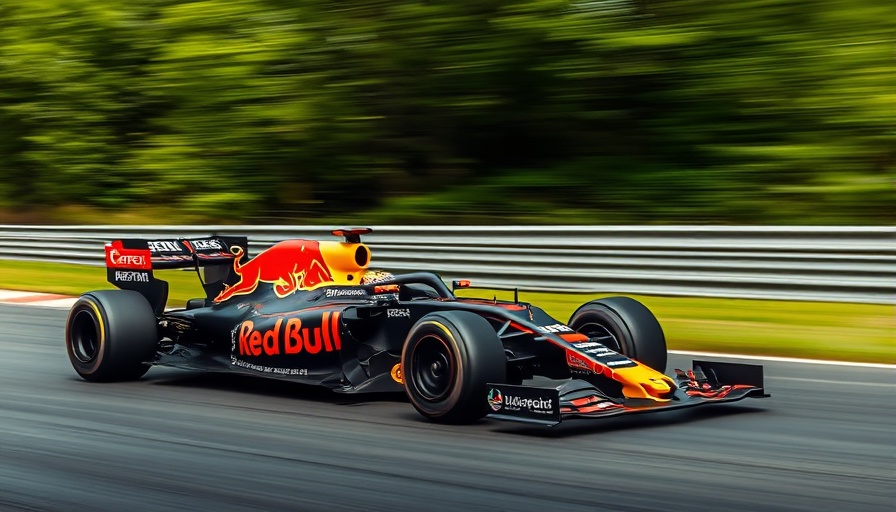
Building from the Ground Up: Red Bull's Ambitious Engine Project
As the 2026 Formula 1 season approaches, Red Bull Racing is embarking on a monumental challenge with its new engine initiative. Team principal Laurent Mekies recently expressed the enormity of this task, declaring, ‘We are starting with a mountain to climb.’ This isn’t just a shift in power unit suppliers; it’s an entirely new era for the Milton Keynes-based team, now transitioning from Honda engines to its very own powertrains in collaboration with American automotive giant Ford.
The Technical Transition: What’s Changing?
The upcoming regulations will introduce several significant changes to F1 engines. Notably, while the established 1600 cc, 90-degree V6 architecture remains, there are revisions that will affect operational dynamics. The deletion of the MGU-H component and increased output for the MGU-K present both obstacles and opportunities. It is essential for Red Bull to adapt swiftly to these changes while ensuring that the new internal combustion engine (ICE) functions efficiently on 100% sustainable fuel sourced from non-food bio resources or municipal waste.
A Long Road Ahead: Challenges in Development
Creating a competitive power unit is no small feat, especially when competing against giants like Mercedes and Ferrari, who have decades of experience. Mekies emphasizes that Red Bull is facing an 'unbelievable challenge' and that the team won't underestimate the steep learning curve ahead. The initial focus may lean heavily on electrification, but building the complete power unit to high-performance standards requires meticulous execution.
The Collaboration with Ford: A Game Changer
As they develop these power units, Ford's involvement is increasingly pivotal. Originally focused on the electrification aspects, the American automaker is now contributing significantly across multiple components through its advanced manufacturing capabilities. Mark Rushbrook, Ford Performance boss, shared insights on how their collaboration is evolving, noting that they are already producing and testing parts that could be integral to Red Bull’s performance.
Looking Forward: Red Bull's Vision for 2026
Despite the challenges that lie ahead, Red Bull's commitment to innovation is unwavering. The team is poised to ramp up its operations quickly, implying late nights and relentless work until launch. They understand the competition they are up against but seem invigorated by a challenge that aligns perfectly with their brand identity. The journey to 2026 represents not just a technological shift but a call to the spirit of competition that defines Formula 1.
Conclusion: Why the F1 Community Should Care
This ambitious project isn’t just pivotal for Red Bull; it signals a significant shift in the F1 landscape. As the team works towards establishing its legacy in engine development, fans and analysts alike should be watching closely. This undertaking is set to redefine racing dynamics and could spark a new chapter in high-performance automotive engineering. As Mekies perfectly summarizes, ‘It’s a challenge that very much feels like a Red Bull challenge, and we love that.’
 Add Row
Add Row  Add
Add 




Write A Comment